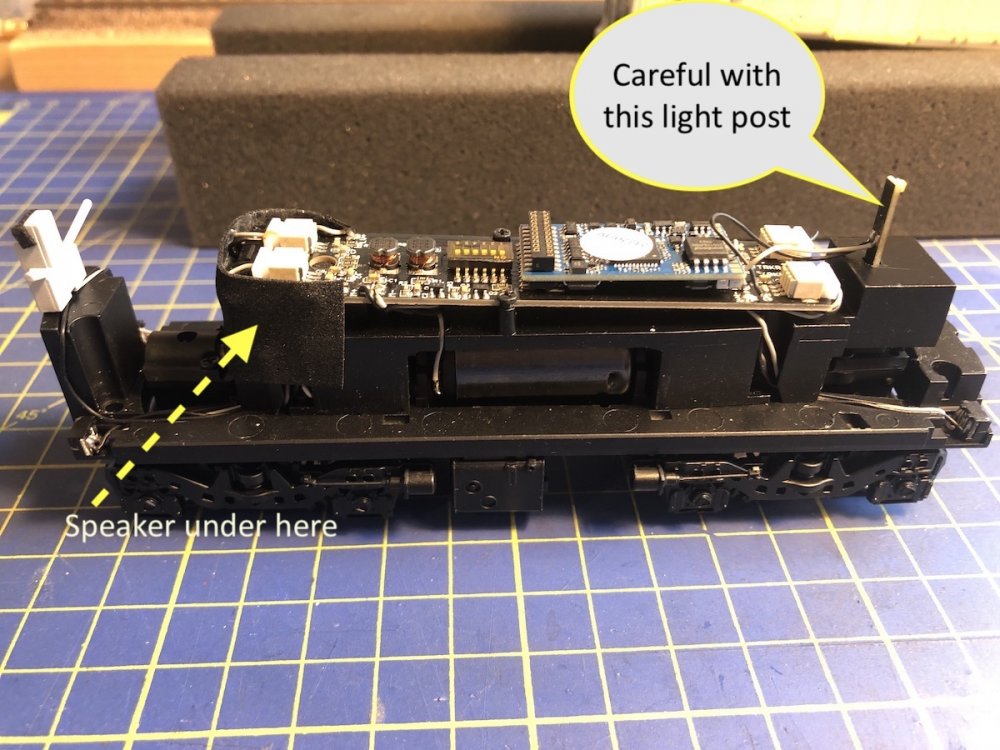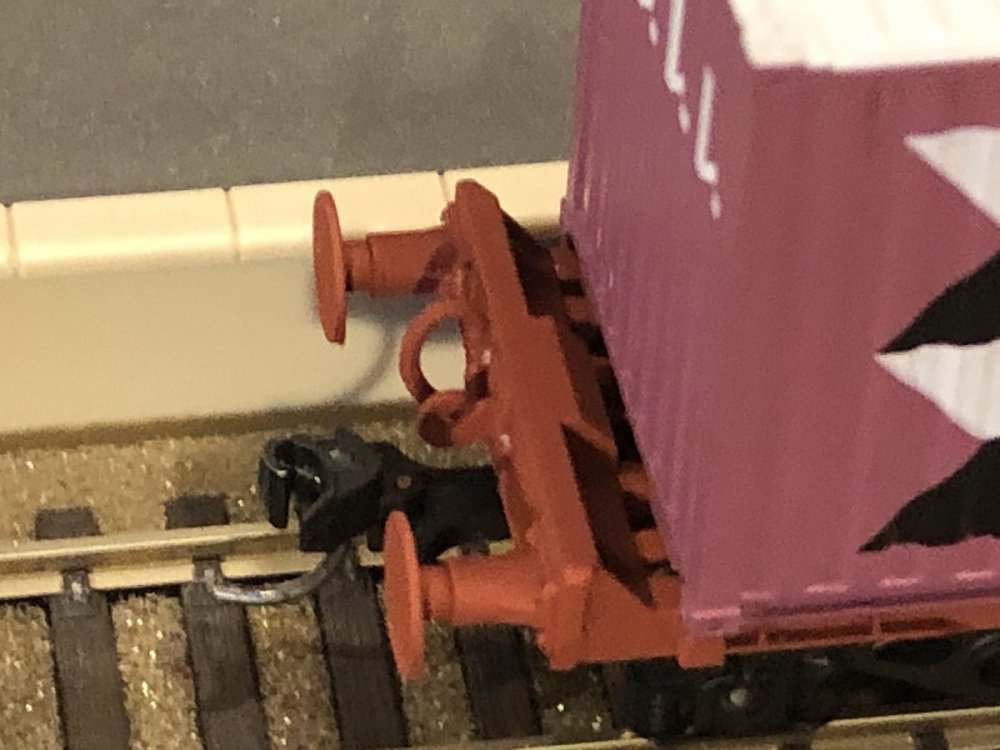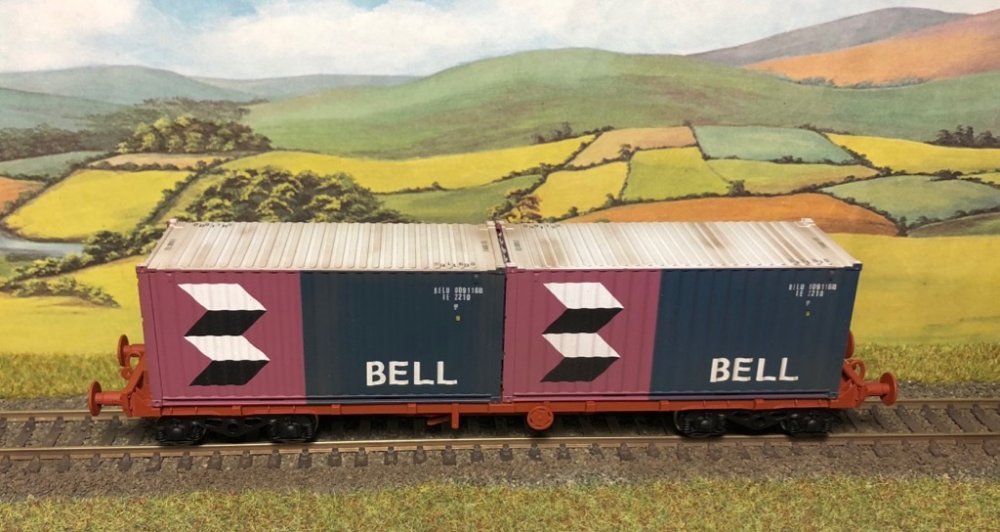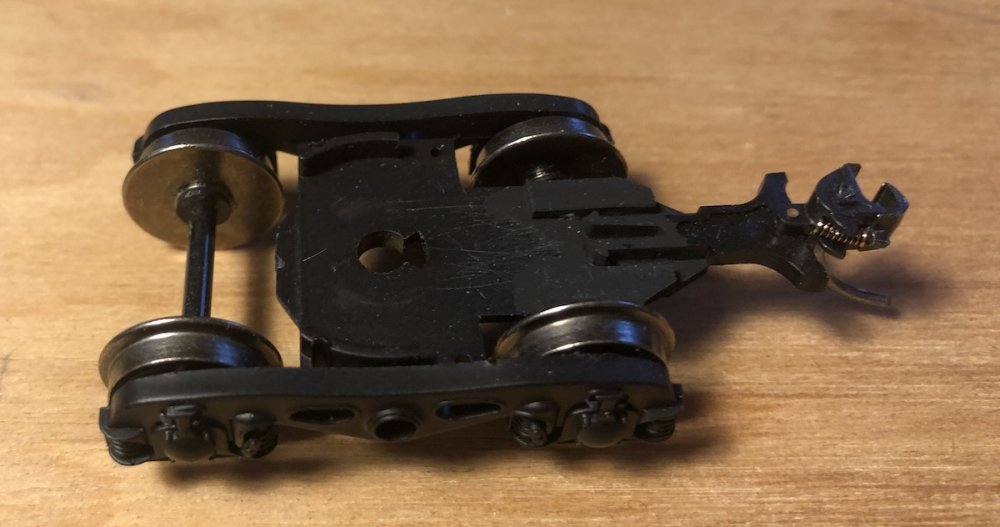-
Posts
7,478 -
Joined
-
Last visited
-
Days Won
149
Content Type
Profiles
Forums
Events
Gallery
Blogs
Store
Community Map
Everything posted by Noel
-
Hard to believe such a long runway got built in the middle of nowhere just because a plucky local priest blagged a visiting politician and hung him on his own promise. Yes George I did indeed get Shannon mixed up with Knock. Hard to believe after only 10 years of service life they may be cut up. Boeing got it right, hubs are dead, passengers want to fly direct point to point. Not good for climate change though unless one day they can build a fusion reactor the size of a large suitcase weighing not more than a ford focus. As a pal of mine used to say when ETOPS were first permitted, 4 engines doubles the amount of things that can go wrong compared to modern efficient twin turbofans, and so it proved, more efficient, safer, more reliable. IMHO, post covid, climate change measures are the next shock wave the aviation industry is likely to face. Long distance trains could make a comeback.
-
Try CV29=63 (ie to toggle the first CV29 bit, direction If your DCC system doesn't have a setup menu for a loco that automates setting the various binary bits in CV29, try setting it to 63 (ie turn the first bit on). Swapping between 62 and 63 should change the direction bit. 62 = 0111110 = Direction bit is off but the next 5 bits 1-5 are all ON (see translation below) Bit 0 Direction of operation is reversed Direction of operation is normal Bit 1 ON [1] = 28 Speed Step Mode Bit 2 ON [1] = Analog mode operation enabled Bit 3 is Railcom and is usually ignored by the DCC system firmware. Bit 4 ON [1] = Alternate Speed Curve Active Bit 5 ON [1] = Use long loco address
-
Well 60mph on those wagons was probably more comfortable and certainly less stressful than a road cattle truck on bouncy back roads from farms then doing 70mph on a motorway. Cattle trains would had less severe braking and acceleration, and no cornering. Originally the once extensive Irish Railway network was more tasked to transport live animals and agricultural produce than humans. Oh if only I had a camera when a youngster in the 60s to record some of the mystical magical moments of the glory CIE days when railway traffic was diverse and interesting. Even the AECs with their moon sized giant round buffers evoked atmosphere, sitting behind the driver watching the road ahead to the west. JM's 20T Goods Brake would be right up my street. I've been building quite a collection of brake vans.
-
Have this pair a few years, no goods train is allowed budge on the layout without one of these tagged on at the end. Like a sentence needing a full stop to mark the end. Would like some fine scale ones with the correct chassis gubbins. The ones below are 3D bodies on top of dapol chassis, but they survive the 'duck test' admirably and my personal 2ft rule.
-
Had a memorable jump seat KIAD-EGLL in a brand new 400. Yea worst business section on the transatlantic route, whereas 20 years ago they were one of the best. Their opposing flat business seats were a disaster. ETOPs the 777, A350 and 787 changed the world, no need for super jumbos anymore, hence the A380 is also out of production and already being retired young by airlines. A retired A380 was dumped at EINN only a few months ago. Why use 4 engines when 2 will do it on less fuel. Air transport as we once knew it may never fully recover from CV-19, next up is climate change carbon taxes. We may be get getting more ferries and trains in 20 years time than flying now. Will Dublin airport have a high speed rail link to Connolly and Heuston by then? Will it need it? Pre-2020 the trajectory suggested yes, post CV-2020 not so sure. PS: For aviation enthusiasts suggest watching the documentary on BA 009's greatest escape in aviation history over 35 years ago now but a legend "I used to think the sweetest sound on earth was the sound of a robin chirping and singing on the window cil of cornish cottage of a spring morn along with the dawn song bird chorus, as the sun pieced the bronze early morning dew, but I tell you truly the sweetest sound on God's earth that day to my ear was the sound of a Rolls-Royce RB211 jet engine spooling up" (a passenger onboard Speedbird 9).
-
Is that how spoil wagons were unloaded (empties), manually by bucket from a digger or front loader? Did they ever have some sort of tipping mechanism for quick unloading? If the former I assume there was some manual work with shovels to full empty them. Could not find any videos of spoils being unloaded, only being loaded.
-
Fab-U-Lous
- 14 replies
-
Some enjoyable covid projects from 2020 - enjoyable to work on these past months, and whiled away the hours. Hornby Respray Provincial Wagons exGSWR brake van kit Kitbash ex-GSWR plough now brake van Provincial Wagons Bulleid open beet wagon kit Dapol Conversions to CIE wagons Weathered CIE Wagons (Dapol Donors) MM B134 light weathering Hornby respray Rebuilt Dutch GSV (IFM Kit) Provincial wagons 20ft container kit on 3D IFM chassis Provincial wagons double beet wagon kit Weathering IRM Ballast wagon Weathering IRM 40ft B&I container Weathering IRM Fertiliser Wagon Weathering Murphy Models 182 - the first MM loco I ever owned bought back in 2008 from Malahide Fry Museum Silverfox RPSI Dutch GSV kit Here's looking forward to 2021 with A class, and more MM 121s before this year end.
- 2 replies
-
- 10
-

-
Hi Eoin. How did you find the cab door grab rails to remove? Some seem loosely press fitted, others seem almost glued in. Noel
-
Yes they come apart much easier than the 141/181. BTW, that driver is not wearing a mask and he's legless in charge of a train.
-
20ft container flat wagon chassis might suit both 20ft container flats and also double beet wagons. I'd certainly welcome IRM standard 20ft container flats and indeed double beets. Double Beets might fly off the shelves. Only time will tell.
-
NOT quite IRM quality, but not bad for 3D (FUD). Personally I like the big round buffer variant. Yes these look a great option for kadee conversions
-
Eoin if the country doesn't end up in Level 5 lockdown until next May, you might bring her down and run her on WMRC's vast Little siddington O gauge layout. She looks amazing. She'd put the A4s and BR class 37 diesel locos in their place pretty quickly. Stunning build. http://www.derg.ie/smileys/bow.gif [The link could not be embedded because only https URLs are allowed.]
-
Absolutely excellent result Eoin. Total class. Stunning precision.
-
No NEM pockets. Minor surgery required. Obviously the flats are unpainted so need painting and lack the detail decoration on the RTR models. Some plastic card used to make an extended base on which the kadee can be super glued then painted black.
-
I got one of his 3D 42fts last year (FUD=Frosted Ultra Detail) and stuck it on Bachmann bogies so it runs really free and well. The FUD shows up the detail well. WSF didn't cut it.
-
Hi Kevin. Yes that's the livery I remember in the late 60s and early 70s. CIE had staff who could handle horses as well as drive the rigid HGVs in a horse friendly manner.
-
Murphy Models RPSI B134 gets an outing in a theoretical 1967, but with one of two time travellers in the back ground. Supposedly on the line from Waterford to Mallow via Dungarvan. Flying snail green coach for@jhb171achill and authenticity with that time. Must get myself some IFM flying snail green Laminates to run with this beautiful model loco.
-
I remember those at in their grey livery at every race meeting in the country. Back in the day trainers hired CIE to transport horses to race meetings.
-
The thought ‘died and woke up in Model Railway heaven’ springs to mind. Just wonderful.
-

Can’t get DCC Murphy models to run with Guagemaster express.
Noel replied to Thom's question in Questions & Answers
It's quite easy to mistakenly attempt to plug a decoder in upside down. Make a note of the orientation of the blanking plate when removing it and put a decoder in the same orientation facing the same way up. It could happen to a bishop. -
How the heck did they get that out of the packaging? Can't see the NEM pocket. Yes first world problems Its an incredible model. Love operating it.
-
The internal speaker is already a sugar cube speaker but in a rather inaccessible location. It seems almost a miracle of design that MM managed to get everything to fit inside such a small narrow loco body (ie double flywheel motor, two bogies, PCB, lighting, chassis, and a speaker with the see through panels. So its not really a straight forward DIY swap out. Anyway MM resolved my problem promptly, professionally and with good will. Don't know if the issues was the speaker itself or perhaps how it was housed. I'm sure it will be sorted for the next livery variations. I too feel for PM, as this model was a triumph of a success, a real beauty, the best MM loco yet, and one little pimple of a problem must have caused MM some degree of annoyance, especially as MM went to so much trouble to do a decent customised sound project. But that's just business, the model business. Just trying to figure out how to get a driver into the cab having watched the hattons review video this morning where the guy mentioned two screws to get the cab off.
-

Limerick Junction track layout/ signalling plan 1975-85
Noel replied to Junctionmad's question in Questions & Answers
Would google maps sat view help? It currently shows the new platform on the NE end.
.png.c363cdf5c3fb7955cd92a55eb6dbbae0.png)








